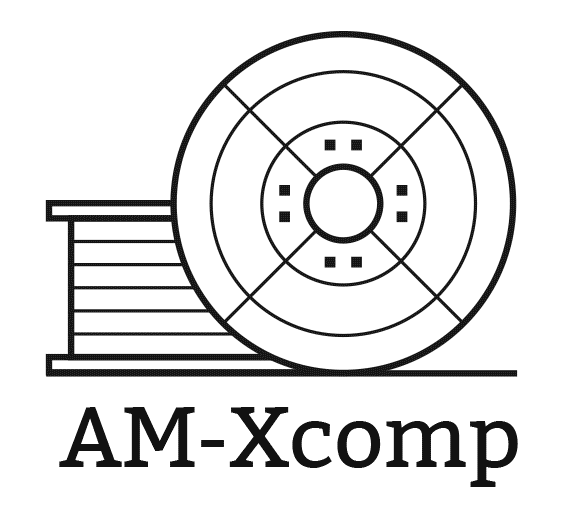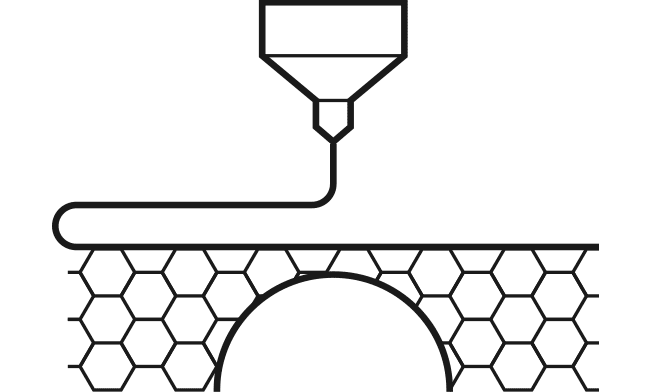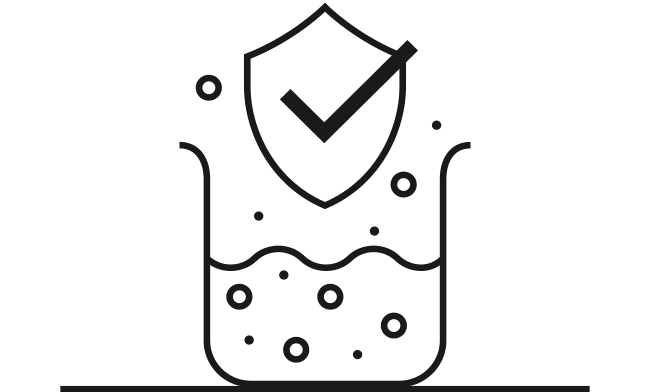Copper Is Our Passion
AM Extrusion GmbH (AME), headquartered in Radebeul, Saxony, is an expert in the field of metal-based sintering processes. With a special focus on additive sinter-based methods, the research and development team has successfully qualified various materials for use in the field of additive manufacturing. AME serves as a globally leading center of expertise for the production of sinter-based high-performance copper components, which are utilized in various electronic applications in aerospace, the automotive industry, the industrial sector, and power electronics.
As part of their material development efforts, AME has developed a customized 3D metal multimaterial printing technology that meets the high-quality standards required for metallic components.

Rapid and precise Data-to-Component Prototyping
We Are Innovating Industrial Filaments
AM Extrusion develops innovative metal and ceramic filaments for 3D printing. Exceptional enrichment rates, low shrinkage and convenient handling open up new avenues in fused filament manufacturing technology.
The high level of safety compared to other methods of additive manufacturing offers an efficient path to greater flexibility in the design and manufacture of industrial components, tools and other workpieces, right through to medical products.
With a focus on multi-material fusion, AM Extrusion's research and development is aimed at FFF products that stretch out to the future of additive manufacturing.

Benefits of Printing with AM-X Filaments

Processing
- printing hollow structures
- simultaneous processing of different materials
- low shrinkage

Efficiency
- sustainable use due to 100% material yield
- little post-processing required

Safety
- no health hazards during application
- no explosion and ignition risks during printing